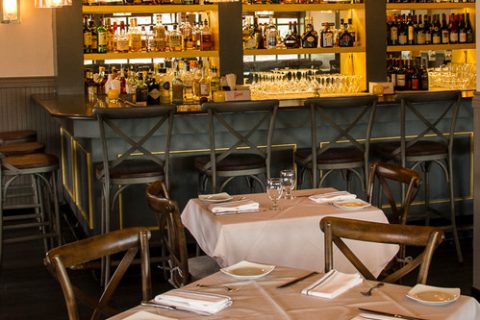Global Museum Increased Revenue for Local Businesses
Global museums, especially those housing renowned treasures and artworks, can have a substantial impact on increasing revenue for local businesses in their surrounding areas. Here are ways in which museums contribute to local economic growth:
- Increased Tourism: Museums are significant tourist attractions, drawing visitors from near and far. Tourists often allocate a portion of their travel budget for entrance fees, guided tours, and museum-related expenses.
- Visitor Spending: Tourists who visit museums are likely to website spend money in the local economy. They dine in local restaurants, purchase souvenirs from nearby shops, and stay in hotels or accommodations in the vicinity.
- Cultural Tourism: Museums are a focal point for cultural tourism. Travelers seeking cultural experiences and insights into a region’s history and art are drawn to museums, boosting visitor numbers and local economic activity.
- Retail and Hospitality: Museums tend to be located in or near commercial districts. As a result, businesses such as cafes, restaurants, gift shops, and hotels in the vicinity benefit from the steady stream of visitors.
- Special Events: Museums often host special events, exhibitions, and educational programs that attract visitors. These events can lead to increased foot traffic in nearby businesses.
- Job Creation: The operation of museums necessitates staff, from curators and security personnel to administrative roles. The employment opportunities created by museums contribute to the local workforce.
- Educational Tourism: Museums may offer educational programs, workshops, and special exhibitions. These initiatives attract educational tourists, such as school groups and researchers, further stimulating the local economy.
- Revitalization: The presence of museums can revitalize neighborhoods or districts. Cultural institutions often serve as anchor attractions, drawing people to previously overlooked or underdeveloped areas and fostering new business opportunities.
- Cultural Exchange: The exchange of cultural treasures through museum exhibitions can foster international tourism and cultural diplomacy. Tourists from abroad visit to experience the culture and history of the host country, further enhancing the local economy.
- Partnerships and Collaborations: Museums frequently collaborate with the tourism industry and local businesses to create package deals, thematic tours, and promotional campaigns. These collaborations benefit all parties and lead to increased business for local establishments.
- Sustainable Tourism: Encouraging responsible and sustainable tourism practices is an important aspect of museums‘ impact on local businesses. Promoting the protection of cultural and natural heritage can lead to more environmentally friendly tourism practices, which may appeal to conscious consumers.
In summary, global museums can significantly increase revenue for local businesses by attracting tourists, encouraging visitor spending, creating jobs, and promoting economic growth in the areas surrounding them. The symbiotic relationship between museums and local businesses demonstrates the positive impact cultural institutions can have on their communities.






Discussion
Leave a reply